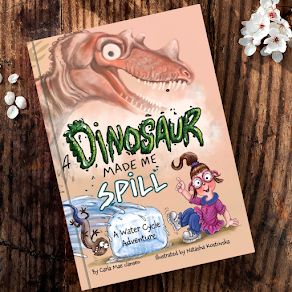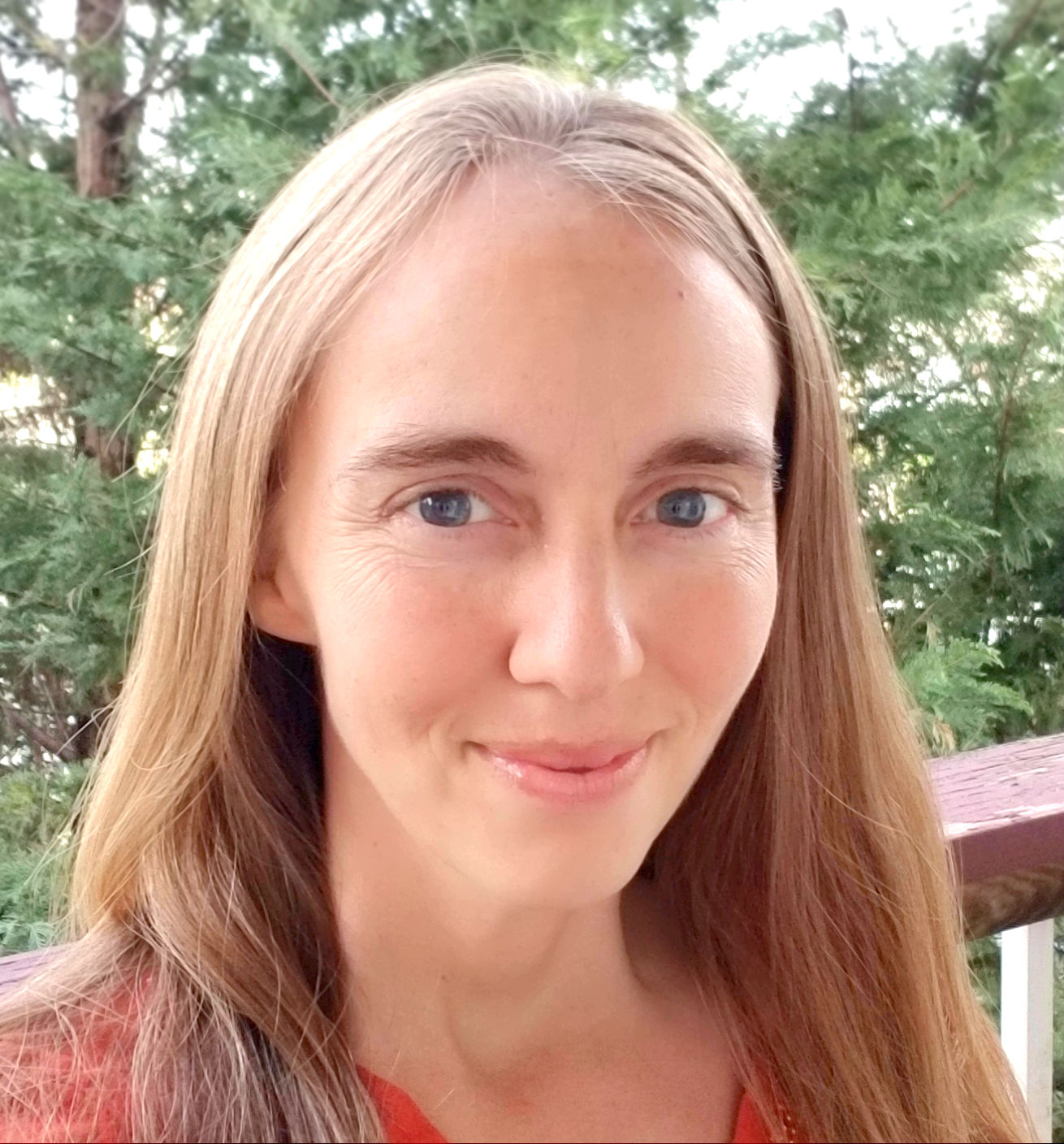What makes the moon phases? And what does the moon taste like? This easy, hands-on science activity lets your kiddos visualize the way moon phases are formed while becoming part of the sun-Earth-moon system themselves!
If you've ever taught space science you know that a common misconception is that the Earth's shadow somehow creates the moon phases. This little activity should make it very clear that the Earth's shadow is only involved in eclipses, and that moon phases are created by different angles between the moon and the sun.
The supplies you need are simple: a lamp or flashlight, a dark space, and a little ball. I colored a golf ball black because the design was distracting from the lesson.
I always start by asking the kids to tell me what makes the phases of the moon. This lets you know if you need to correct any misconceptions or just introduce new ideas.
The other cool thing about this lesson is that it includes room for your preschoolers (or older kids!) to experiment with light, shadows, and spheres!
I let each kiddo "be" the Earth so they could see 1st hand the different phases. Here's how lesson goes:
1- Ask "What makes the phases of the moon?" Discuss their ideas. Point out that sometimes you can see both the sun and moon at the same time!
2- Let's look at it closer! Set up a sun-Earth-moon model by turning on a lamp or flashlight just a little higher than your children's heads. Tell them the sun is the light, they are the Earth, and the ball is the moon.
3- Important: Tell them that gravity from the Earth and moon pull on each other enough that the moon cannot spin away from the Earth--the same side of the moon always faces the Earth. So, decide which part of the moon is going to face you (the Earth).
4- Turn off the lights (except for your sun) and arrange your preschoolers (or older kids!) so the sun is behind them, like in the image below. Ask them what the moon looks like to them. A full moon? A half moon? A crescent? (hint: it's a full moon!)
5- Now turn them 180 degrees so the moon is silhouetted by the sun. Ask them what they see now. They might need you to tell them that this is a "new moon" and it happens every 28 days.
6- Now turn them 90 degrees, like the image below. Ask them what the moon looks like now. (It is a half moon.)
7- Let them experiment with different angles between the moon and sun, and see if they can make all the phases of the moon. If you're working with older kids too you might want to teach them official names (like waxing and waning and crescent and gibbous).
I need to write up our edible moon phase activity because it is the perfect follow-up for this, but in the meantime, you can check out this Oreo Moon Phase activity--it's very similar to what we do!
I also have this free moon phase tracker, so your kids can look at the actual moon and see the patterns in its phases.
If you want to spend another day learning about the moon, you can talk about its lack of an atmosphere with this moon rover activity or this crater activity, act out the rotations of the sun-Earth-moon system, and do a density experiment like this one to study moon's interior. It turns out that our moon also has a small, solid core, a molten outer core, a mantle layer, and a crust layer that's covered with regolith (loose, "sticky" soil made from broken rocks and dust)!
I also have a HUGE collection of Space-themed activities and printables HERE and a space unit study for elementary kids HERE!
We did this lesson and experiment set as part of the Storybook Science series! If you haven't joined in yet, be sure to check out all the awesome science experiments and activities that go with fantastic storybooks here!
The storybook that I'm recommending to you that goes with this lesson beautifully is Mooncake (image is an Amazon affiliate link):
This is a super fun story about a bear who decides he wants to taste the moon, so he builds a rocket to go to the moon and taste it! Spoiler alert: He falls asleep during his "take off" and wakes up in the middle of winter, thinking he is on the moon! He makes a rather awesome mooncake (actually out of snow/ice), and then returns to Earth. Again, he falls asleep during take-off, but this time he wakes up as spring approaches! The humor makes it fun for older kids while the story line is simple and beautiful enough for even young preschoolers. It is a fantastic story, and is full of other science concepts that you can pursue too: seasons, weather, phase changes, hibernation, and more! I actually wanted to blend up some ice and make snowy "moon cakes" with my kids, but when I checked with them about their understanding of moon phases, I realized at least one of them needed the lesson we did! Moon cakes are part of my plan for next week!
And, as you read the story, it is hilarious to chat with your kids about what everyone thinks the moon really tastes like! Would you taste it if you could? Did you know the surface of the moon is covered with regolith (thin, flaky, sticky bits of dust and broken rocks)? It turns out that astronauts who walked on the moon had loads of regolith stick to their suits, so when they climbed back inside their ship's cabin and removed the suit they could smell the moon...or at least, they could smell what the moondust mixed with cabin air smelled like! And guess what they said...it smelled like burnt gunpowder! Interestingly, moon rocks that have mixed with Earth air and are now in museums do not smell (or taste) like burnt gunpowder anymore...just rocks!
I'd love to know if you are studying moons! Does this activity/lesson/experiment help? I'd love to hear from you!! You can email me at preschoolpackets@gmail.com, leave a comment, or stop by Facebook!
Happy Educating,
Carla
I may share at any of these parties!

Never miss another post again! Sign up for our weekly updates newsletter and get links to all our posts once a week in your inbox! Sign up here!!
























0 comments:
Post a Comment